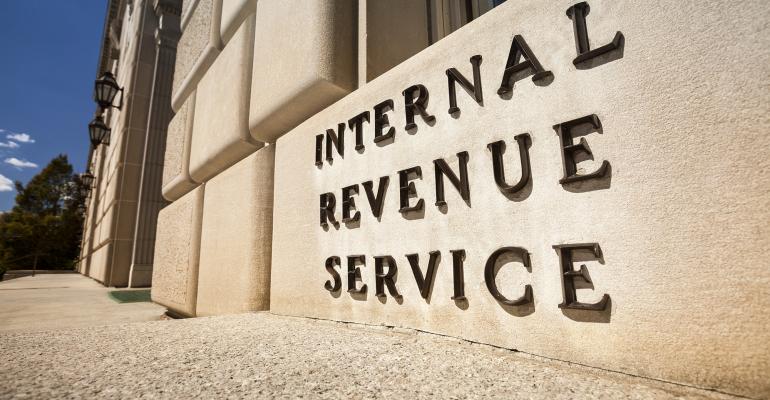Notice 2020-68 provides guidance in the form of questions and answers with respect to various provisions of both the Setting Every Community Up for Retirement Enhancement (SECURE) Act and the Miners Act.
One area of guidance that may be of particular interest to taxpayers and their advisors is the portion relating to certain charitable distributions from an IRA. Under Internal Revenue Code Section 408, up to $100,000 of direct transfers to a qualified charity from an IRA owned by a taxpayer over age 70½ are excluded from his taxable income. This is often more advantageous than receiving a taxable distribution and then contributing the proceeds to charity. In addition, these distributions (referred to as “qualified charitable distributions” or “QCDs”) also qualify as required minimum distributions.
Prior to the SECURE Act, an individual wasn’t permitted to make contributions to a traditional IRA after age 70½. However, the SECURE Act repealed that restriction under IRC Section 219 so that individuals can still make contributions to their IRA after age 70½.
However, those contributions will affect the amount of available QCDs in a given year. The notice explains that the amount of a QCD for a given year is reduced by the portion of the transfer that is attributable to deductible IRA contributions made by the taxpayer after age 70½ that year and any earlier taxable years in which the taxpayer was over age 70½. The result of this is that QCDs from an IRA that receives such tax deductible IRA contributions might still result in some taxable income to the taxpayer. In addition, taxpayers need to keep records of their income tax deductions and QCDs on an ongoing basis to properly apply the look-back rules. The notice includes examples illustrating the application of the rules.
These rules apply to contributions and distributions made for taxable years beginning after Dec. 31, 2019.





